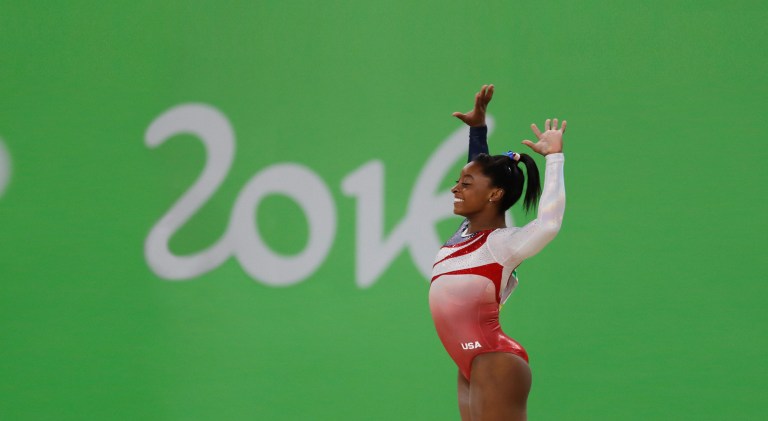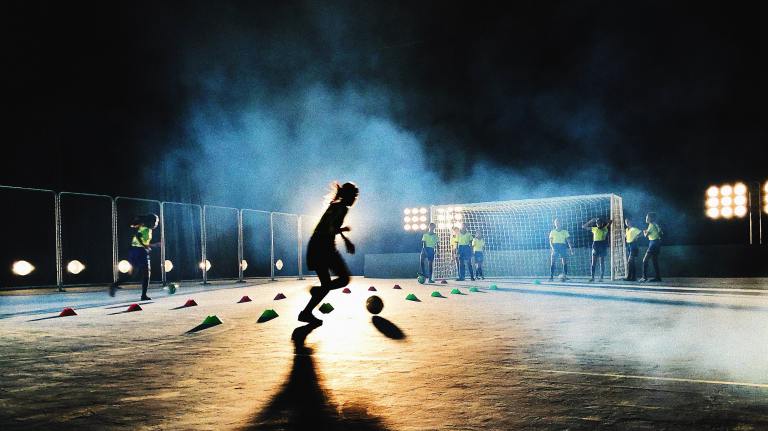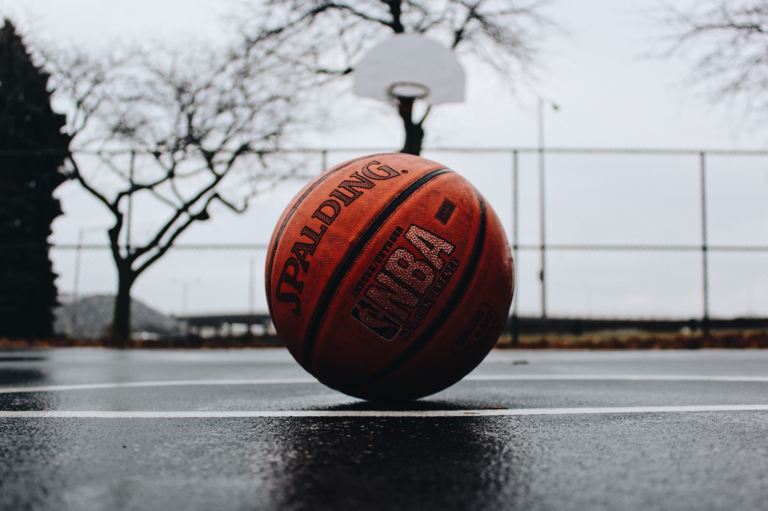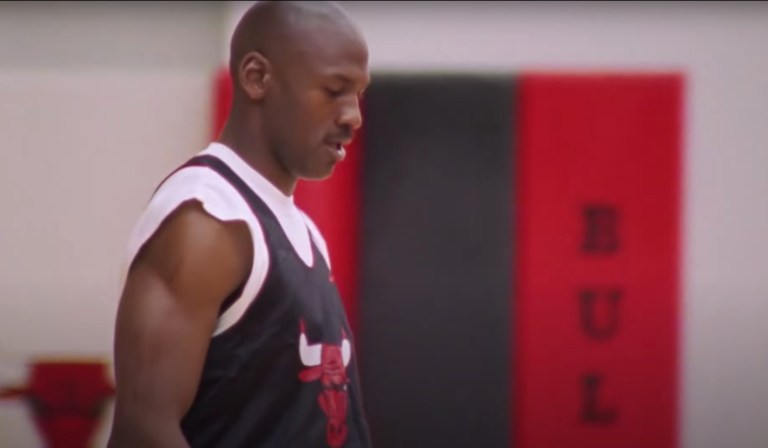Ageism In The NBA
By its very nature as a rigorous athletic sport, basketball discriminates in favor of the young.
By ![]() Jim Goad
Jim Goad


With the NBA Playoffs in full swing, I believe it’s time that we, as a society, bite down and chew hard on the fact that we are celebrating a sporting tradition that is at its core discriminatory. In many real ways—ways that we can’t see with the naked eye because they are institutional and thus invisible—playing professional basketball is tantamount to committing a hate crime.
Here—let me explain.
This recent piece about the “10 Oldest Players in the 2014 NBA Playoffs”—a listicle whose very concept is ageist to the core—reveals that the creakiest old codger limping around NBA arenas these days is only 39, while six of the ten oldest are mere babies at a trifling 36-37 years old. Overall, the average age of an NBA player is in the high 20s—these are infants we’re talking about. Seven-foot-tall embryos. In many ways, it would be unfair (and inaccurate) to call them adults.
By contrast, the total median age for Americans is 37.2 years. For the sake of fairness and justice and equity, we need to make that the median age of NBA players, too. To do anything short of achieving Age Justice in professional basketball would ruin us as a culture, destroy us as a society, and really fuck up job opportunities for basketball players age 40 and older.
By its very nature as a rigorous athletic sport, basketball discriminates in favor of the young—but you can’t be too young. Currently you must be 19 to enter the NBA draft, an arbitrary and oppressive so-called “rule” that prohibits NBA entry to millions and millions of qualified American children.
But once your hair starts going grey and your knees get knobby and your balls start sagging to the floor, the NBA doesn’t want you then, either. They say that your so-called “stamina” and “performance” go down, that you don’t “score as many points” or “make as many rebounds” as you used to, and that “if you keep playing at your age, you’re going to get injured and become a cripple for life.” They always try to scare you about your health—“Seriously, Gramps, if you keep dribbling that ball, your arm’s going to fall off” or “Hey, you don’t look too good—I think you may have had a stroke.” Maybe if the NBA offered better healthcare plans for elderly players, it would have more elderly players. But see, that’s just the problem—it doesn’t have any elderly players.
So for NBA players who are squeezed out of starting lineups because they are allegedly “past their prime,” one’s age not only becomes a physical liability, it becomes a source of ageist discrimination and public humiliation. And this causes an incurable sense of despondency that ripples across families and communities and states and countries, causing untold suffering and grief across the planet—and nobody wants that, do they?
Wheelchair basketball isn’t enough. Neither are illicit motorized-scooter races. Even so-called “senior basketball” leagues should be illegal, because by their very nature, they discriminate against the young and agile.
We need to create safe spaces where very old and very unhealthy basketball players can feel comfortable shooting hoops for a decent living wage without worrying that some giant sequoia of an NBA rookie will come swooping down on them and give them a heart attack. We need to help elderly basketball professionals—those whose bones are dry and hollow, whose skin sags from their bruised and bent frames, who often have trouble simply being continent—to feel that pro sports at all levels and pay grades are a warm and welcoming place. ![]()




